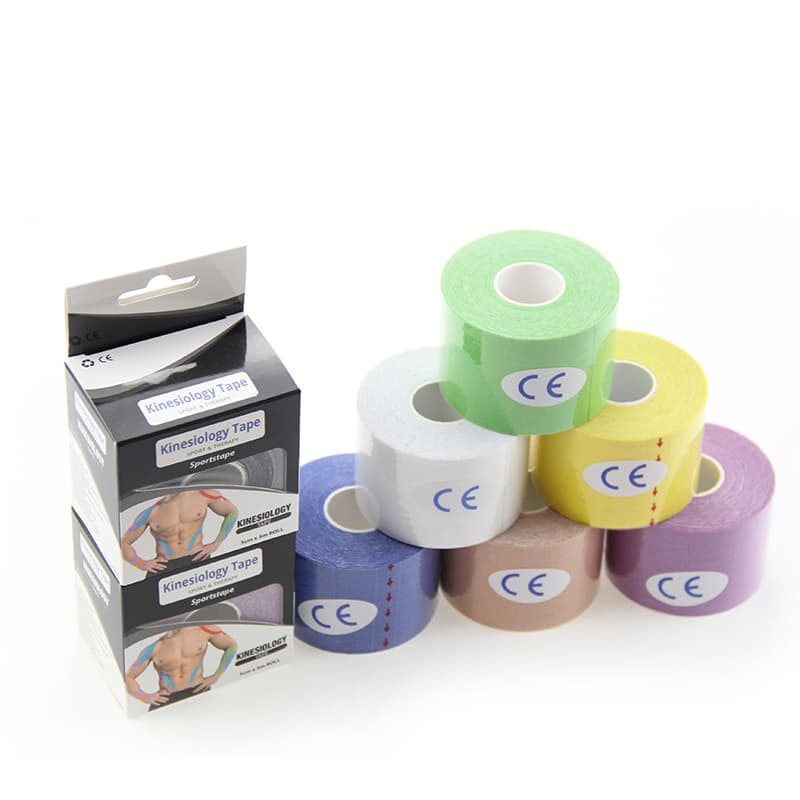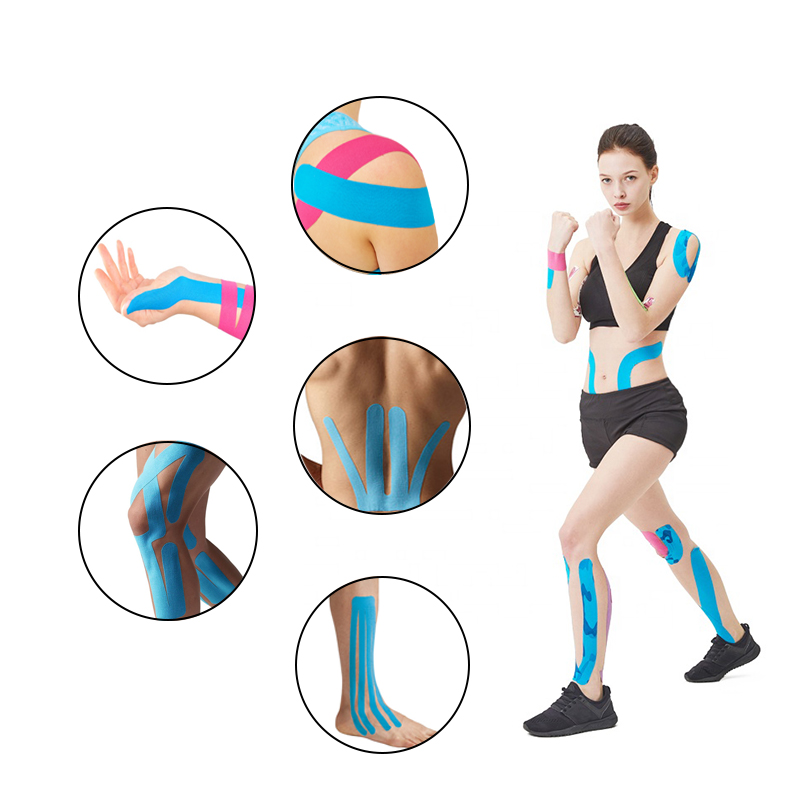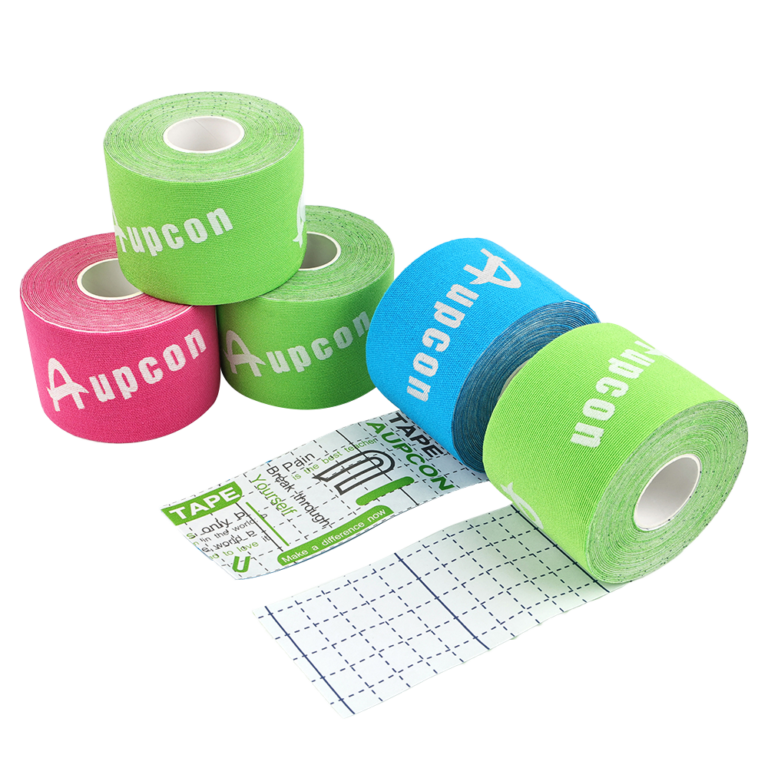Soccer is an exciting and high-intensity sport, but sometimes injuries are inevitable, even for the hardest-working players. In this article, we’ll explore some common soccer injuries and how Aupcon, a trusted injury tape brand, can provide the relief and support needed for a quick recovery.

Common Soccer Injuries and Aupcon Injury Tape Solutions:
Shin Splints
This painful condition causes discomfort in the front or back of the shin, often due to repeated pressure on the shin bone and attached tissues. Injury tape can help soccer players relieve this pain by providing targeted support and reducing stress on the affected muscles. Please refer to how to use the kinesiology tape for Shin splints.
Knee Pain
Knee pain is a common problem for soccer players and stems from overuse, improper technique, or an underlying condition. Injury tape can provide stability, reduce inflammation, and promote proper joint tracking to relieve pain and support. Browse our how-to-use knee kinesiology tape
Ankle Sprains
Ankle sprains are standard on the soccer field and can cause instability and discomfort. Injury tape can be a game changer, providing light structural support to injured ligaments, improving blood circulation, and helping to reduce swelling for faster recovery. Check out our how-to-use ankle tape
Hamstring Strain
Sudden acceleration and deceleration can cause hamstring strains, which are a major setback for soccer players. Injury tape can help manage hamstring strains by providing support to injured muscle fibers, improving blood flow, and supporting you throughout your recovery. See our How To Put Kinesiology Tape On Your Hamstrings.
Groin Injuries
Rapid changes in direction and violent lateral movements can lead to groin injuries characterized by inner thigh pain. Injury tape can provide targeted support to the groin area, reducing muscle stress and promoting a smoother recovery.
Arm Abrasions
Arm abrasions, also called turf burns, are breaks in the skin caused by a violent impact when a football player falls. Arm abrasions can be prevented by wrapping a 10 cm turf tape around the arm. It is also known as turf tape or 4-inch kinesiology tape.
So, what is Injury tape?
Injury tape is also called cotton kinesiology tape or muscle tape. It is most commonly used in physical therapy centers, sports teams, and track and field teams.


Contact the kinesiology tape manufacturer.
Kinesiology tape is an elastic patch that has gradually gained attention in clinical practice in Europe and the United States in recent years. It is not medicinal like traditional Chinese plasters or medicated cloths, so it is less likely to cause skin allergies or maladaptation.
The most magical effect of kinesiology tape comes from its own design with tension and elasticity. Whether it is the “cloth” on the upper layer of the patch itself or the “glue” on the lower layer that sticks to the skin, they are designed according to biomechanics and physiological mechanisms. Therefore, the quality has a great impact on the treatment effect.
In addition to the injury tape itself, the most critical factor that determines the treatment effect is the experience and skills of the therapist. The same roll of injury tape may look similar even if taped in the same way. Still, the treatment effect may differ significantly from the “design” and “fine-tuning” of taping according to other patients’ symptoms. Therapists need to consider the overall treatment concepts and techniques of subcutaneous fascia tissue, muscle tissue, joints, blood and lymphatic circulation, nerve tissue, etc., to exert the magical therapeutic effect of Injury tape.
Try to let professional sports medicine and rehabilitation physicians help with taping or taping under their guidance(how to use kinesiology tape). Before taping, the taping area needs to be cleaned, kept at room temperature, and dry, and then the Injury tape is directly applied to the skin. When taping, the tightness should be moderate and taped along the direction of the injured muscle and the sports anatomical structure of the specific part.



